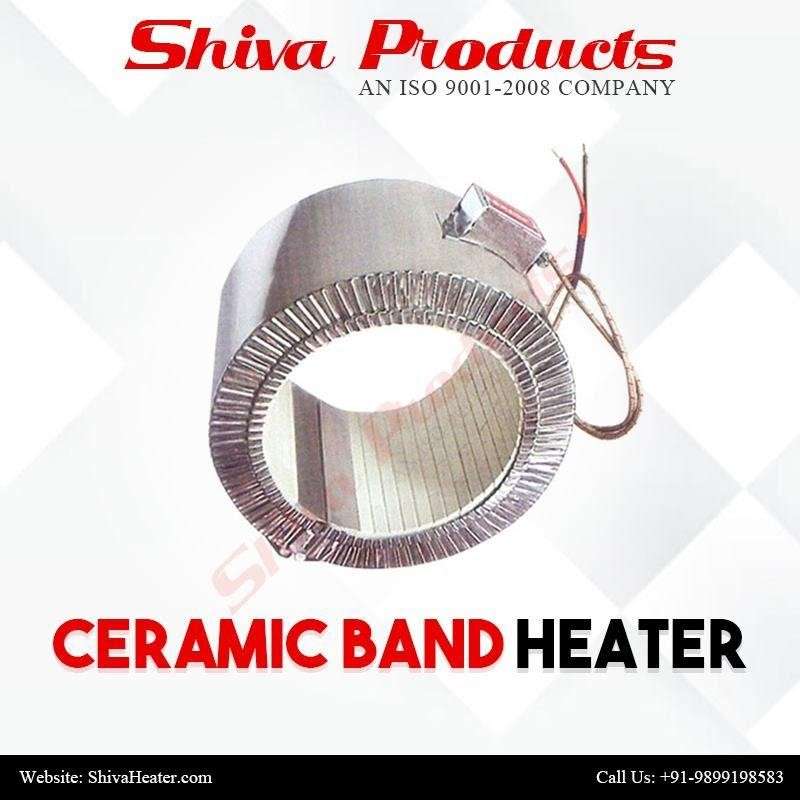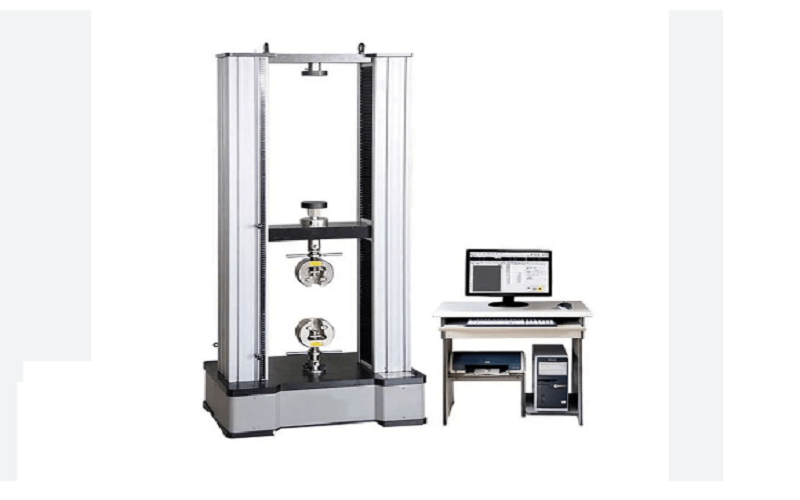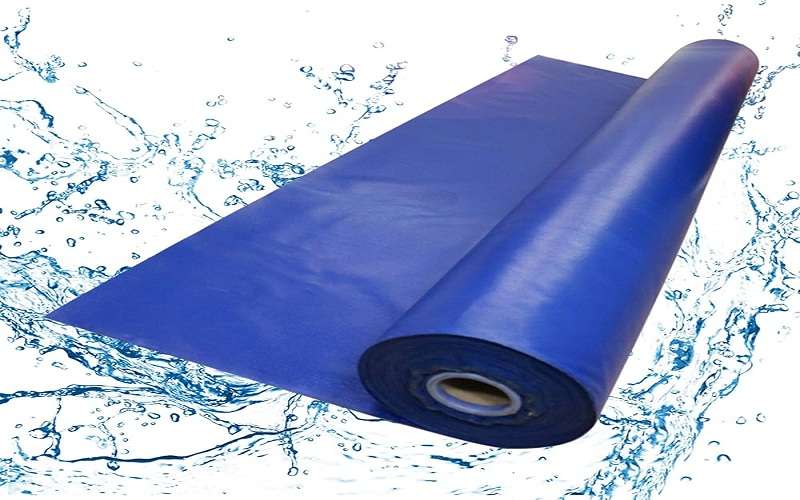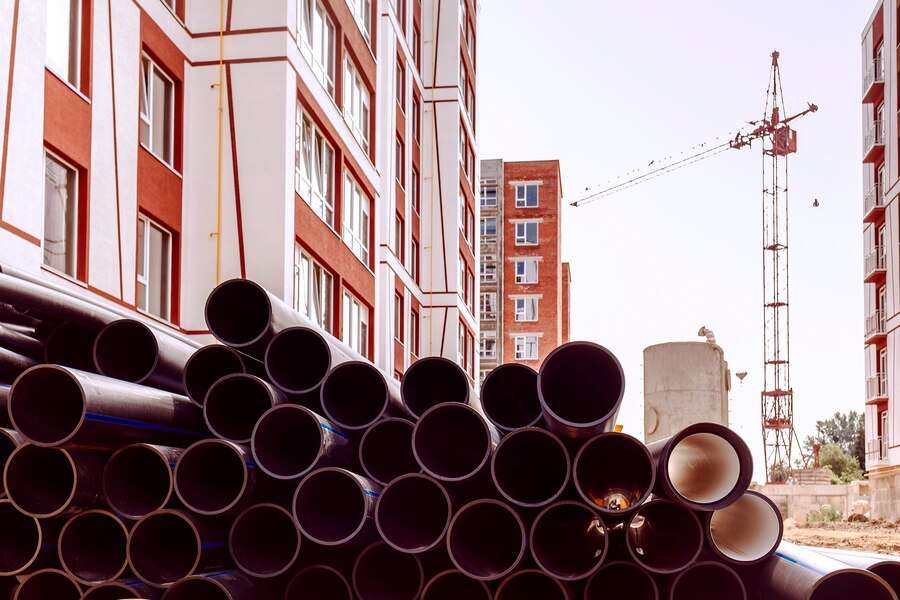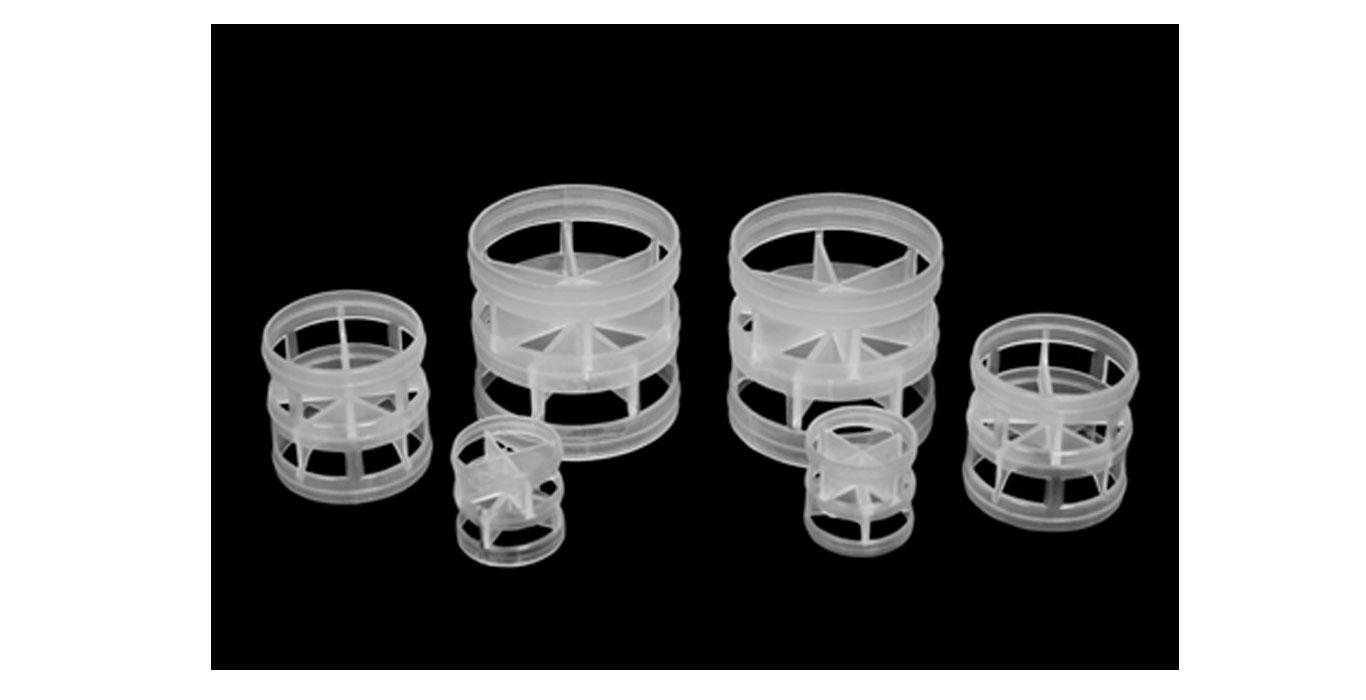A ceramic band heater is a type of electric heater designed for industrial applications that require the heating of cylindrical objects like pipes, nozzles, or other similar components. It consists of a ceramic outer shell (usually made from a high-quality ceramic material) and a heating element inside. They are designed to provide even and controlled heat distribution on cylindrical surfaces, making them a vital component in various industrial applications.
However, to ensure optimal performance and longevity, it is essential to install and maintain these heaters correctly. This comprehensive guide will walk you through the process of installation and maintenance of ceramic band heaters.
Here are the Main Components and Features of a Ceramic Band Heater:
- Ceramic Insulation: The outer shell of the heater is made of a high-temperature-resistant ceramic material. This provides excellent insulation to contain the heat and direct it towards the target object.
- Heating Element: Inside the ceramic shell, there’s a resistance wire coil or other heating element. When electrical current flows through this element, it generates heat.
- Clamping Mechanism: Ceramic band heaters typically have a clamping mechanism that allows them to be securely attached or fastened around the target object. This ensures good thermal contact and efficient heat transfer.
- Terminals and Leads: The heater will have electrical terminals or leads that allow it to be connected to a power source. These terminals are usually designed for easy wiring.
- Temperature Control: Depending on the application, these types of band heaters may have built-in temperature control features, such as thermostats or controllers, to regulate the temperature.
- Uniform Heating: They are designed to provide uniform heat distribution around the circumference of the target object. This is crucial in many industrial processes where consistent temperatures are required.
The primary function of a Ceramic Band Heater in industrial applications
Ceramic band heaters are commonly used in various industries including plastics processing, metalworking, and other applications where heating cylindrical objects is necessary. They are adept at maintaining consistent temperatures for processes such as plastic extrusion, blow molding, injection molding, and various other manufacturing operations. They are known for their durability, high-temperature capabilities, and efficiency.
Step-by-Step Guide on How to Install Ceramic Band Heaters
Installing ceramic heaters is crucial for their efficient operation and longevity. Here’s a step-by-step guide on how to install the heater properly:
Installation of Ceramic Band Heaters:
- Ensure that all electrical power to the equipment is disconnected before starting the installation process.
- Ensure that the equipment surface is flat and free of any irregularities.
- Choose a band heater that matches the diameter and width of the equipment you’re heating. It’s important that the heater fits snugly around the object.
- Place the heater onto the equipment, ensuring it’s centered and aligned properly.
- Use clamps or other suitable fasteners to secure the heater in place. Make sure they are evenly spaced around the circumference to ensure uniform heating.
- Connect the leads from the ceramic heater to the power source. Ensure that the wiring is done according to the instructions of Ceramic Band Heater Manufacturers in India and that it complies with local electrical codes.
- If necessary, apply insulation material around the heater to improve heat retention and reduce heat loss.
- Turn on the power and run a test cycle to ensure that the heater is functioning correctly. Monitor the temperature to ensure it reaches the desired level.
Tips for Regular Maintenance of a Ceramic Band Heater:
- Regular Inspection:
Periodically check the ceramic heater for signs of wear, damage, or deterioration. This includes checking for cracks, discoloration, or any loose connections.
- Cleanliness:
Keep the surface of the ceramic band heater clean to maintain efficient heat transfer. You can use a brush or compressed air to remove any dust or debris from the heater.
- Tighten Fasteners:
Check clamps and fasteners regularly to ensure they remain secure. Loose fasteners can lead to uneven heating and reduced efficiency.
- Monitor Temperature Control:
Regularly calibrate and check the temperature control system to ensure accurate and consistent heating.
- Address Any Issues Promptly:
If you notice any abnormalities or malfunctions during operation, address them promptly to prevent further damage.
Conclusion
By following these installation and maintenance steps, you can ensure that your ceramic band heater operates efficiently and reliably, contributing to the smooth operation of your industrial processes. Remember to consult the manufacturer’s guidelines and recommendations for proper installation according to your particular heater model.
If you’re looking forward to investing in ceramic heaters, look no further than Shiva Heaters. With a proven track record of excellence in the industry, we have established ourselves as one of the leading Ceramic Band Heater Suppliers in India.
Frequently Asked Questions
How do I choose the right ceramic band heater for my application?
Consider factors like the heater’s diameter, width, wattage, voltage, and operating temperature. It’s crucial to match these specifications to your specific application requirements.
Why is my ceramic band heater not heating up?
You might face this issue with your band heater and there could be several reasons. Here are some tips you should follow to resolve this problem:
- Check Power Supply: Ensure the power source is active, and there are no electrical issues.
- Thermostat Issues: Verify that the thermostat is set correctly and functioning properly.
- Faulty Heating Element: The heating element might be damaged and require replacement.
Can I adjust the temperature of a ceramic band heater?
Yes, most ceramic heaters come with a thermostat or temperature controller that allows you to set and regulate the temperature as needed.
What should I do if my ceramic band heater is overheating?
Overheating in the ceramic filter can be caused by various factors:
- Improper Voltage: Ensure the heater is operated within the specified voltage range.
- Blocked Airflow: Check for any obstructions that might be limiting airflow around the heater.
- Thermostat Calibration: Verify that the thermostat is correctly calibrated.
How do I clean a ceramic band heater?
To clean a ceramic heater, ensure it’s switched off and cooled down. Use a soft cloth to gently wipe the surface and avoid using harsh chemicals as they might damage the heater.
Can a damaged ceramic band heater be repaired?
In most cases, replacing a damaged ceramic heater is more cost-effective than attempting to repair it. Damaged elements can lead to unreliable performance






